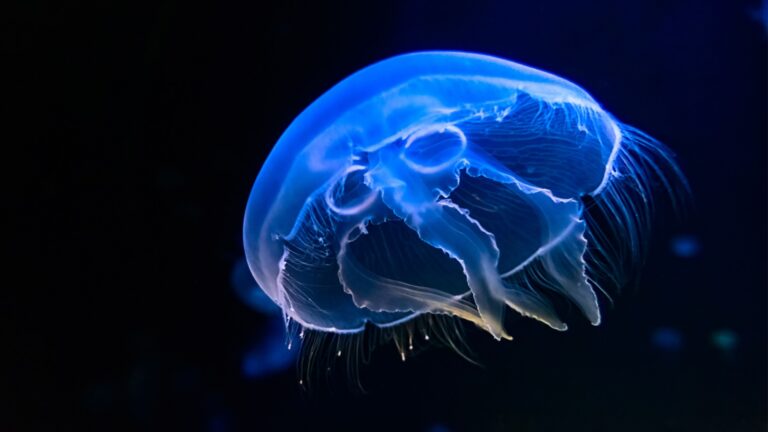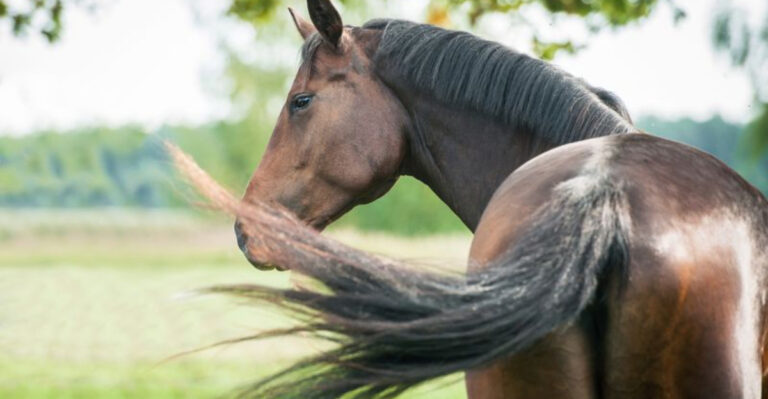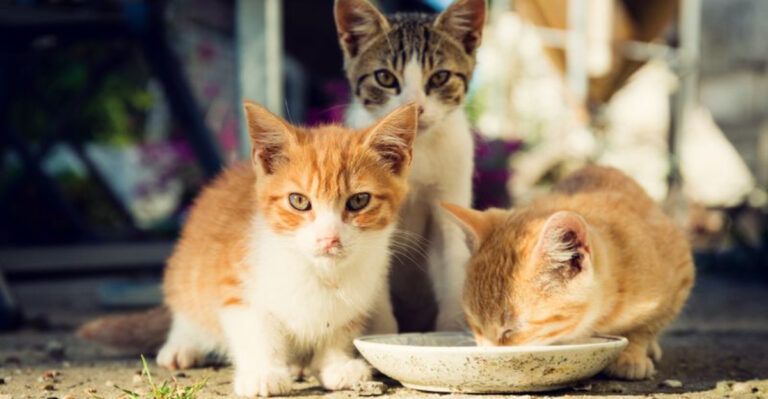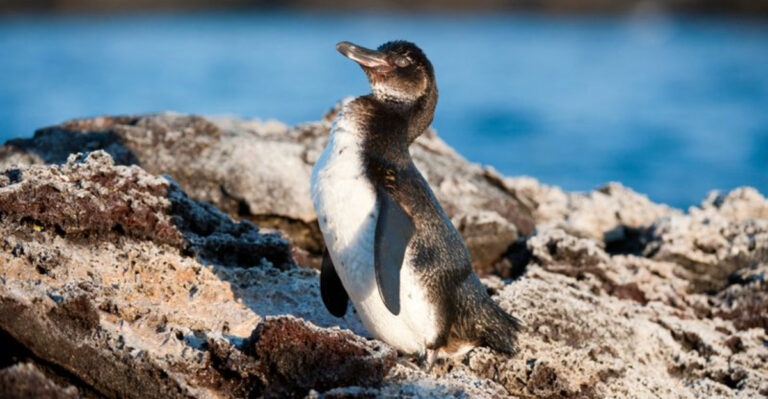Koalas Have Fingerprints That Are Nearly Identical To Human Ones
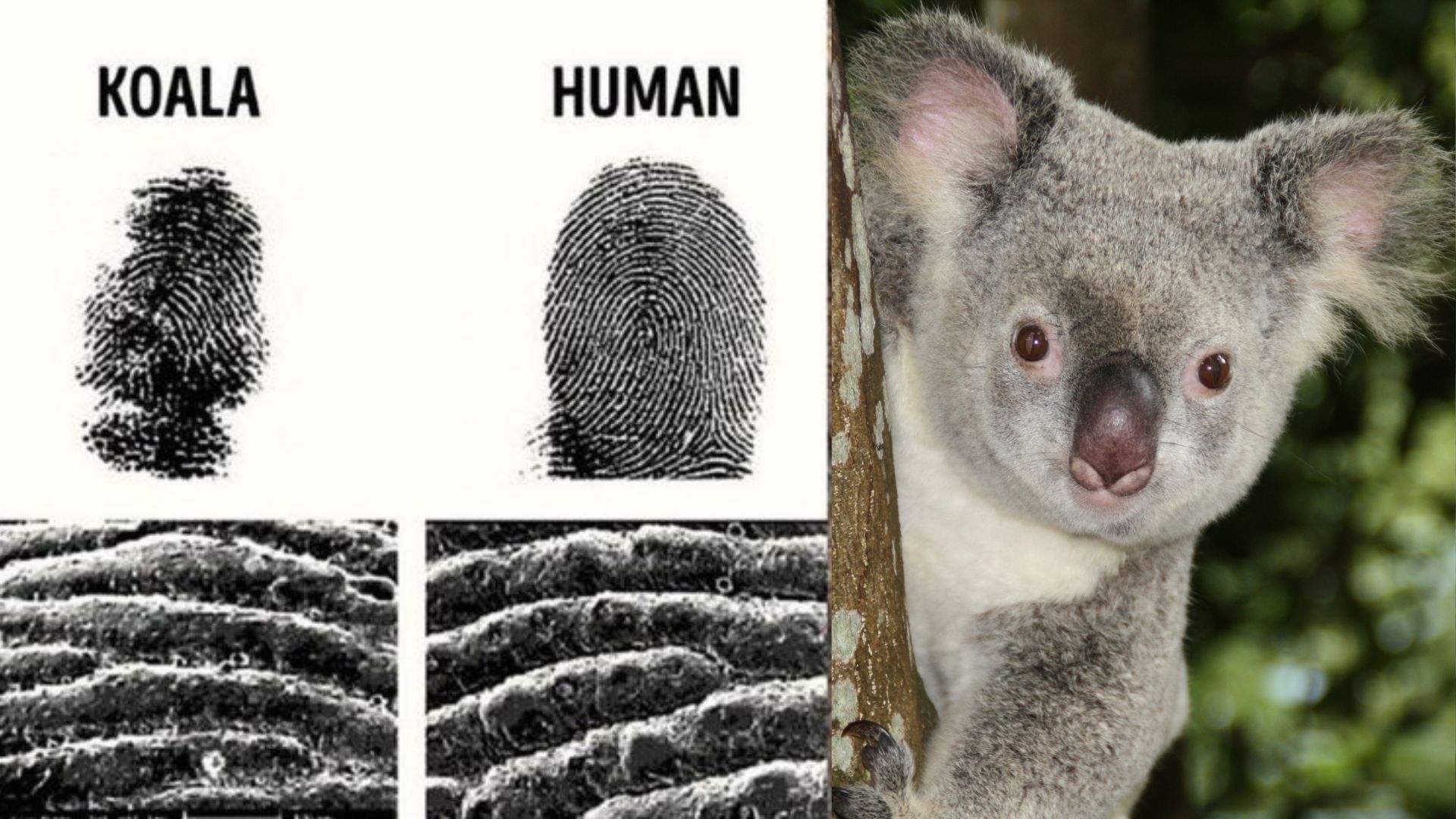
Imagine picking up an eucalyptus leaf and leaving behind a fingerprint that could be mistaken for a human’s! That’s exactly what koalas do every day.
These fuzzy Australian marsupials are the only non-primates with fingerprints so similar to humans that they can confuse forensic experts.
This remarkable evolutionary quirk has fascinated scientists for decades and reveals surprising connections between species that last shared a common ancestor millions of years ago.
1. Koala Fingerprints: An Evolutionary Twist That Baffles Scientists

Scientists first discovered koalas’ human-like fingerprints in 1975, and they’ve been scratching their heads ever since. The prints have similar ridge patterns, whorls, and loops that are nearly indistinguishable from human ones under casual inspection.
What’s truly mind-boggling is that koalas and humans last shared a common ancestor roughly 70 million years ago! This makes their fingerprints a perfect example of convergent evolution – when unrelated species independently develop similar traits.
Even experienced forensic analysts have been fooled during blind tests, mistaking koala prints for human ones. Talk about a CSI plot twist waiting to happen!
2. Why Koalas And Humans Share Nearly Identical Fingerprints

Function drives this remarkable similarity. While humans evolved fingerprints to help us grip tools and manipulate objects, koalas developed them for navigating their treetop lifestyle. Those tiny ridges provide the perfect texture for gripping smooth eucalyptus branches without slipping.
The technical term for these patterns is dermatoglyphs – skin carvings that form unique patterns. Both species need enhanced friction and sensory feedback when grasping objects.
The fingerprints’ similarity demonstrates how nature sometimes arrives at identical solutions for different problems. Despite evolving separately for millions of years, both species landed on the same biological design for optimal grip!
3. Exploring The Mystery: How Koala Fingerprints Mimic Human Ones

The mystery deepens when you realize koalas are the only non-primates with true fingerprints. Their prints feature the same three pattern types found in humans: loops, whorls, and arches. Each koala’s prints are unique – just like yours!
Researchers believe this trait emerged around 30 million years ago in the koala lineage. The prints form during embryonic development when stress on the skin’s surface creates these distinctive patterns.
Amazingly, koalas’ fingerprints are so similar to humans that they’ve accidentally contaminated crime scenes! In Australia, investigators must sometimes rule out koala prints when collecting evidence outdoors – a forensic challenge unique to the Land Down Under.
4. Koalas’ Unique Markings: What Their Fingerprints Tell Us About Their Evolution
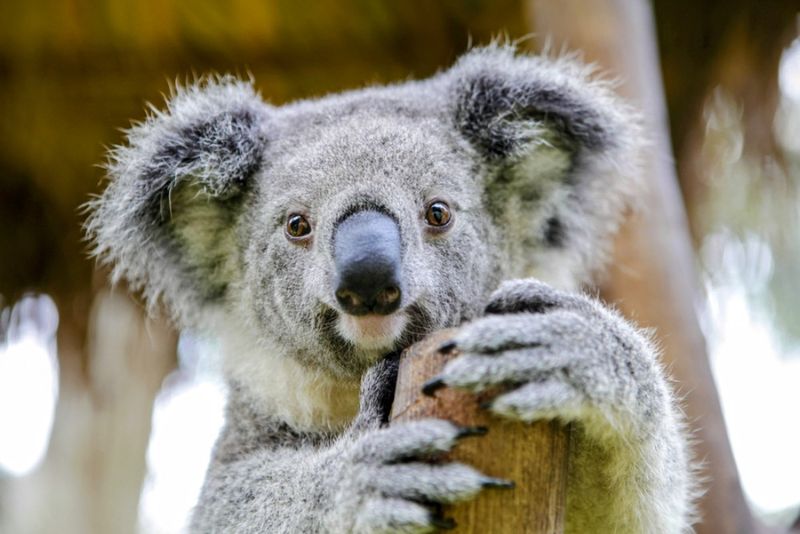
Those tiny ridges on koala fingertips represent an evolutionary marvel – they evolved completely independently from primate fingerprints! This phenomenon, called convergent evolution, happens when unrelated species develop similar traits to solve similar problems.
Koalas spend 20+ hours daily in eucalyptus trees, often during rainy Australian weather. Their fingerprints likely evolved to provide better grip on slippery branches, preventing dangerous falls.
Fossil evidence suggests ancient koala ancestors lacked fingerprints entirely. As they became more specialized tree-dwellers, natural selection favored individuals with better grip, gradually developing these distinctive patterns over millions of years – a perfect example of evolution responding to environmental challenges.
5. The Surprising Similarities Between Koala And Human Fingerprints
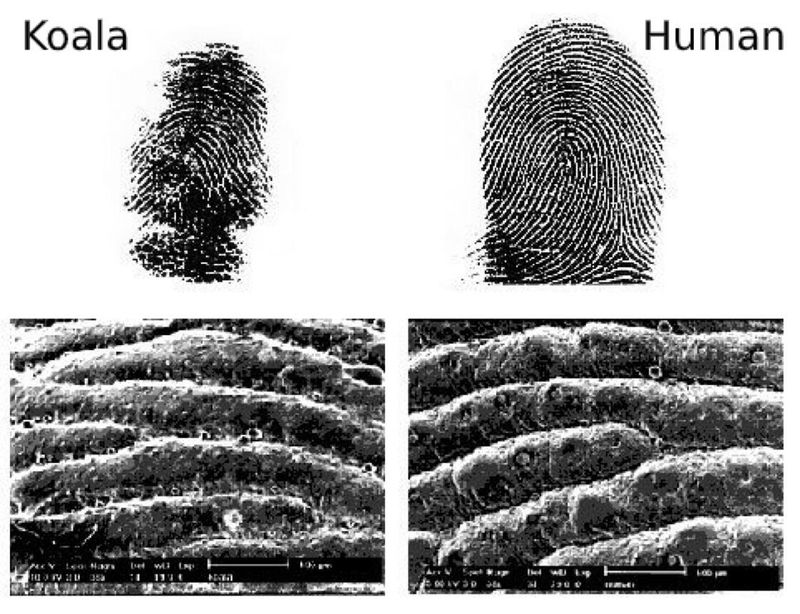
Put a koala and human fingerprint side by side, and even experts might struggle to tell them apart! Both have friction ridges that form distinctive patterns with similar spacing and thickness. The primary difference? Scale – koala prints are slightly smaller.
Both species have sweat glands that open along these ridges. The moisture improves grip by creating surface tension between skin and object – nature’s own version of sticky tape!
The ridges also house thousands of nerve endings that provide tactile feedback. For koalas, this sensitivity helps them select the freshest eucalyptus leaves by touch alone. They can literally feel the difference between nutritious and toxic leaves – a critical survival skill when your diet consists entirely of potentially poisonous vegetation.
6. What Makes Koala Fingerprints So Unique In The Animal Kingdom?
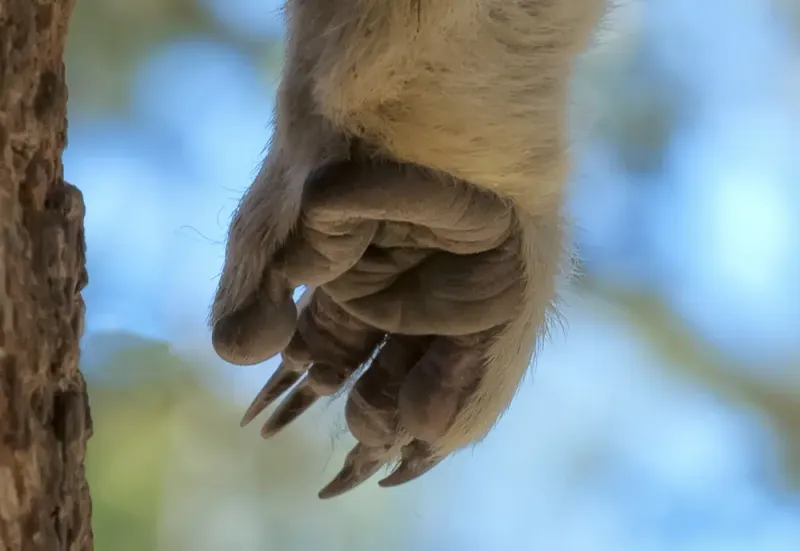
Among non-primates, koalas stand completely alone with their human-like fingerprints. While some primates like chimpanzees and gorillas have similar patterns, other mammals typically have paw pads with very different textures.
Koalas’ prints contain the same dermal ridges, minutiae points, and unique patterns that human fingerprint experts analyze. They even have similar delta points and core structures that forensic scientists use for identification!
Most fascinating is that these prints appear on all five digits of their front paws. This extensive coverage maximizes their gripping surface area, which makes sense for an animal that rarely comes down from trees. Their back paws lack these prints – they’re only needed where precise gripping happens.
7. Could Koala Fingerprints Help In Identifying These Endangered Animals?

Conservation efforts have found an unexpected ally in koala fingerprints! Researchers now use fingerprinting techniques to identify individual koalas without stressful tagging procedures. Each koala’s unique print pattern serves as a natural ID card.
Wildlife rehabilitation centers maintain fingerprint databases to track treated koalas after release. This non-invasive identification method causes minimal stress to these sensitive creatures, who often suffer from anxiety in human care.
After the devastating 2019-2020 Australian bushfires, fingerprinting helped reunite injured koalas with their correct home territories. Scientists believe maintaining these prints may even help preserve genetic diversity by identifying unrelated breeding pairs – a crucial factor for the species’ long-term survival as their numbers continue to decline.
8. How Nature Gave Koalas A Human-Like Feature
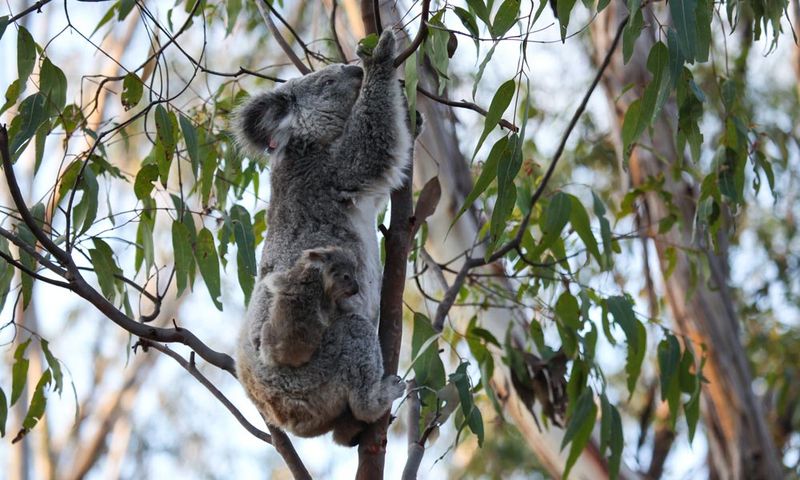
Nature’s engineering brilliance shines through in koala fingerprints. These marsupials spend 90% of their lives in trees, often on smooth, rain-slicked eucalyptus branches that would be deadly without perfect grip.
The fingerprints develop in koala joeys while still in the pouch. By the time they begin climbing independently at about 7 months old, their unique print patterns are fully formed. Each ridge increases friction and improves grip by up to 40%!
Unlike humans, who use fingerprints primarily for manipulation, koalas rely on theirs for survival. A koala without proper fingerprints would struggle to climb, feed, and escape predators. This explains why their prints are sometimes even more pronounced than human ones – their lives literally depend on this remarkable feature.
9. Koala Fingerprints: A Clue To Their Intelligence And Adaptation
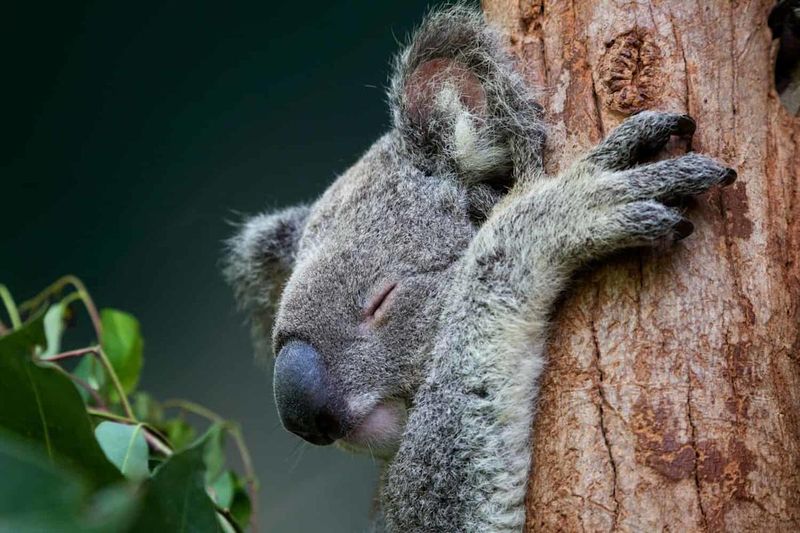
Those human-like fingerprints hint at surprising koala intelligence. The complex nerve structures beneath their fingerprints provide detailed sensory information that requires significant brain processing power. This enhanced tactile sensitivity helps them navigate their three-dimensional arboreal world.
Koalas can distinguish between 50+ eucalyptus species by touch and smell. Their fingerprints help them detect subtle texture differences in leaves, selecting ones with higher nutritional value and lower toxin levels.
This adaptation represents remarkable specialization. While koalas have relatively small brains compared to their body size, the portions dedicated to processing touch information from their fingerprints are disproportionately large – similar to how human brains allocate extra resources to our fingertips and language centers.
10. The Evolutionary Significance Of Koalas Having Fingerprints Like Ours
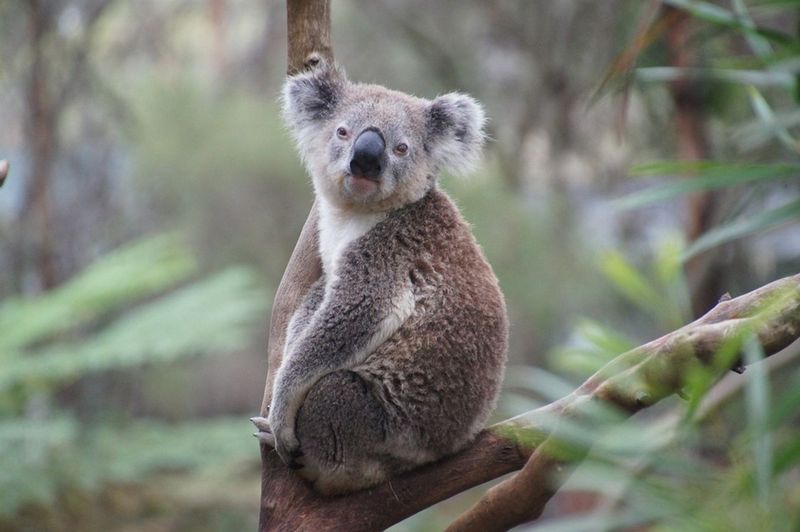
Evolutionary biologists call koala fingerprints a perfect example of convergent evolution – when unrelated species independently develop similar traits. This phenomenon reveals how similar environmental pressures can create remarkably similar adaptations.
Humans and koalas last shared a common ancestor roughly 70 million years ago, yet both evolved nearly identical fingerprint patterns. This suggests there’s something fundamentally optimal about this specific design for gripping objects.
Some scientists speculate that studying koala fingerprints might help us understand human evolution better. If two distantly related species independently arrived at the same solution, it suggests fundamental physical principles at work.
These similarities challenge us to reconsider how unique certain human traits truly are – and what other surprising connections might exist in the natural world.

